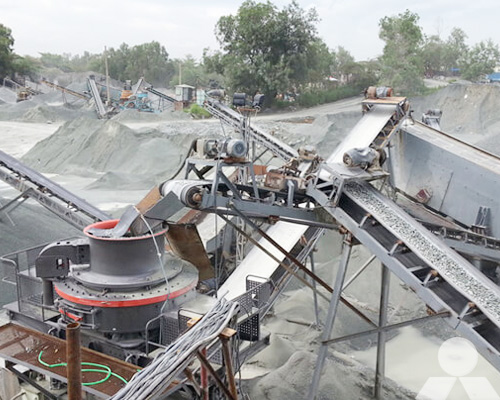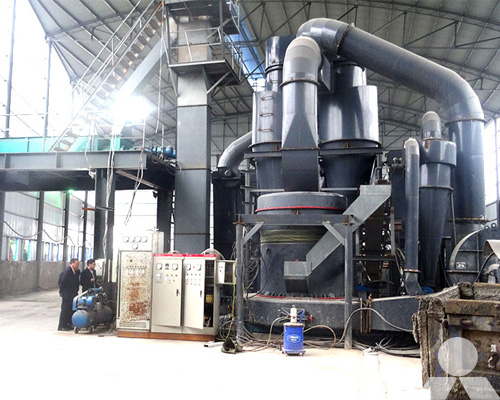Bauxite Crushing and Grinding Production Process
Bauxite is an important non-metallic mineral widely used in construction materials, chemical, metallurgy, electronics, and other fields. The processing and production of bauxite mainly include crushing, grinding, and other processes. This article will focus on the related content of bauxite crushing and grinding production.
I. Bauxite Crushing Process
Bauxite crushing process is the first step in bauxite processing and production, which aims to crush the raw bauxite into a suitable particle size for subsequent processing. Bauxite crushing process mainly includes primary crushing and secondary crushing.

1. Primary Crushing
Primary crushing is the process of crushing raw bauxite from large chunks to small chunks. Commonly used primary crushing equipment includes jaw crusher, impact crusher, and so on. Jaw crusher has the advantages of simple structure and convenient maintenance, but its crushing efficiency is relatively low; impact crusher has the advantages of high crushing efficiency and low energy consumption, but its maintenance is more complicated. Choose suitable primary crushing equipment according to actual production needs.
2. Secondary Crushing
Secondary crushing is the process of further crushing the bauxite after primary crushing into the required particle size. Commonly used secondary crushing equipment includes cone crusher, impact crusher, and so on. Cone crusher has the advantages of high crushing efficiency and uniform particle size, but its maintenance is more complicated; impact crusher has the advantages of simple structure and convenient maintenance, but its crushing efficiency is relatively low. Choose suitable secondary crushing equipment according to actual production needs.
II. Bauxite Grinding Process
Bauxite grinding process is the second step in bauxite processing and production, which aims to further refine the crushed bauxite into the required powder particle size. Bauxite grinding process mainly includes dry grinding and wet grinding.Generally, for the processing of bauxite, commonly used mills include MTW trapezoidal mill, LM vertical mill and TX130 ultrafine mill.

1. Dry Grinding
Dry grinding is the process of grinding the crushed bauxite into powder through dry grinding equipment. Commonly used dry grinding equipment includes ball mill, grinder, and so on. Ball mill has the advantages of high grinding efficiency and uniform particle size, but its energy consumption is relatively high; grinder has the advantages of low energy consumption and high grinding efficiency, but its maintenance is more complicated. Choose suitable dry grinding equipment according to actual production needs.
2. Wet Grinding
Wet grinding is the process of grinding the crushed bauxite into powder through wet grinding equipment. Commonly used wet grinding equipment includes ball mill, grinder, and so on. Compared with dry grinding, wet grinding has the advantages of high grinding efficiency and low energy consumption, but it requires water or other liquids as grinding media, and the powder needs to be dried after grinding. Choose suitable wet grinding equipment according to actual production needs.
III. Optimization of Bauxite Crushing and Grinding Production
In order to improve the efficiency and quality of bauxite crushing and grinding production, the following measures can be taken:
- 1. Optimize equipment structure and improve equipment efficiency and stability.
- 2. Optimize the crushing and grinding process flow, reduce energy consumption and production costs.
- 3. Strengthen equipment maintenance and maintenance to extend equipment life.
- 4. Strengthen quality management to ensure that product quality meets standard requirements.
- 5. Introduce advanced automation control technology to improve production efficiency and product quality.
Bauxite crushing and grinding production is a complex process that requires the selection of suitable equipment and process flow according to actual production needs, and strengthening equipment maintenance and quality management to improve production efficiency and product quality, and meet market demand.









